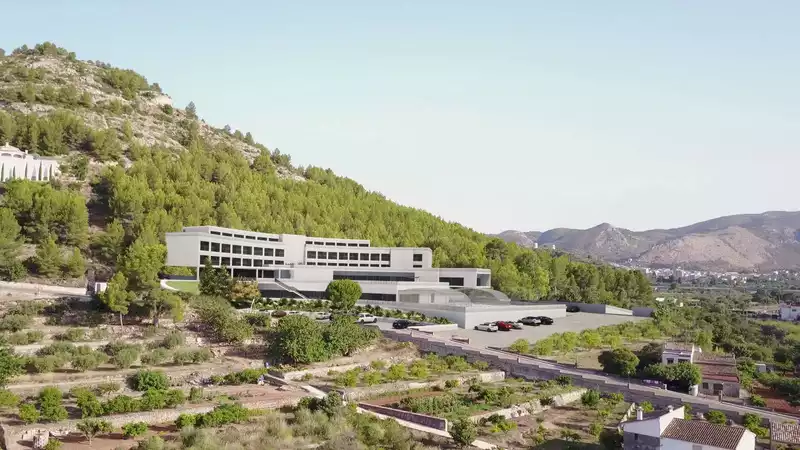On Thursday, Victor Campenaerts and Florian Vermersch checked into a hotel in a quiet corner of southeastern Spain and took the elevator to the summit of Mount Everest.
The two Lotto-Soudal men are staying in a special atmosphere-controlled room that allows them to travel between sea level, just above the stratosphere, and in between with a single pad, as a twist on high-altitude training.
High altitude training camps have long been a part of professional cyclists' training, as they induce an increase in red blood cells due to lower oxygen levels, but usually require actual travel to higher altitudes.
Usually, but not always, this is true. In recent years, the use of high altitude tents has become widespread as the theory of "train low and sleep high" has taken hold. While previously banned in some countries and ethically questionable in others, it has become a widespread tactic for riders who want to gain altitude from the comfort of their homes.
Campenaerts and Vermeer, who will soon be joined by Lotto Soudal's teammate Brent Van Moer, are taking it to new heights, staying not in tents or pods, but in luxury rooms like the others.
The so-called "hypoxic rooms" are located at the Syncrosfera Hotel in Denia, a four-star hotel founded by former Russian professional rider Aleksandr Kolobnev.
Altitude rooms are found in certain elite sports facilities, but former professional athlete Tadej Valjavec runs a small hotel in Slovenia, and "La Repubblica" is the only hotel in Slovenia where Valjavec's biological passport violation and high altitude across the Italian border named it "Grand Hotel Doping" because of the ban on simulation.
However, Kolobnev turned the hypoxic room into a sports and wellness facility.
Tadei Pogachar's UAE Team Emirates stayed at the facility during a recent pre-season training camp, but the team confirmed to Cycling News that no players used the hypoxia room. Alpecin-Phoenix and Groupama-FDJ also reportedly made reservations.
Campenaerts and Vermeer arrived on Thursday and will be joined by Van More on Tuesday. They will train on coastal roads and inland climbs, resting at high altitude for the Classic.
"We have reserved our own room and a fourth room that we can use as a living room," Campenaerts recently told Sporza. We plan to live at maximum height and even eat in that living room."
"One night we will simulate an altitude of 3,000 meters, but after a hard workout we may go down to 1,500 meters to rest our bodies," he added in an interview with Nieuwsblad last week. On Mount Teide, after training, you can't say, "Let's sleep on the mountainside tonight."
That's not just a short break; in Campenaerts' case, it's a whole month. The team told Cycling News that Vermeer and Van Moor will check out on February 13 to compete in the Tour du Var, while the hour record holders will remain until February 23.
The trio was scheduled to attend a high altitude training camp in Rwanda. Kampenaerts had previously had success at a camp in Namibia, but the pandemic caused them to reconsider.
Kampenaerts specializes in high-altitude simulations, and during the pandemic he even went to extremes, spending a short time at 10,000 meters, well beyond the so-called "death zone," where oxygen deprivation poses a serious threat to human health.
Despite being authorized by WADA and used by many professional cyclists, high altitude tents have raised concerns due to their nature of artificially inducing physiological changes in the body; in 2006, WADA's Ethics Committee "perhaps contrary to the spirit of the sport" and considered banning them, but no action was ultimately taken.


Comments